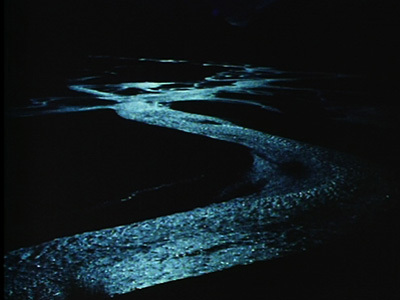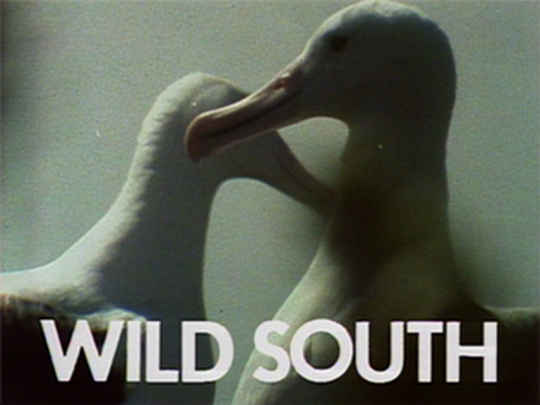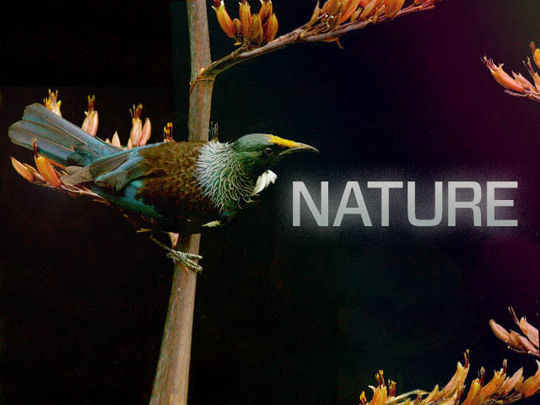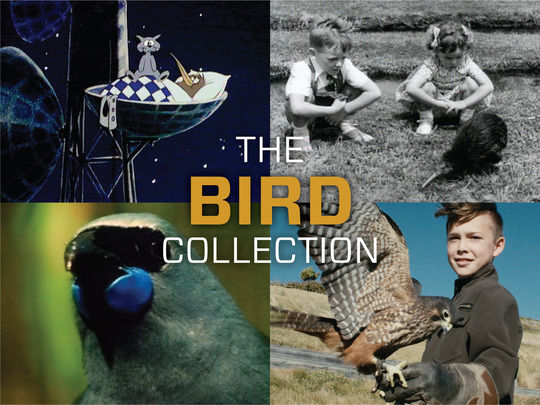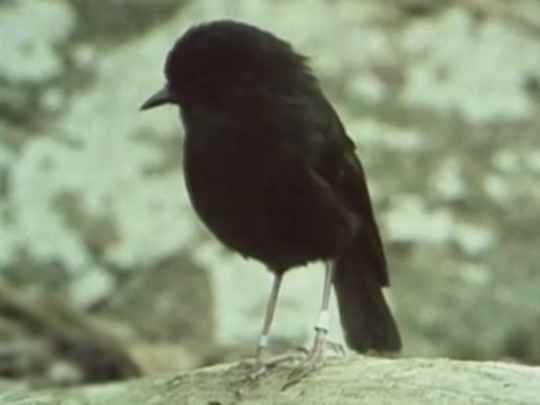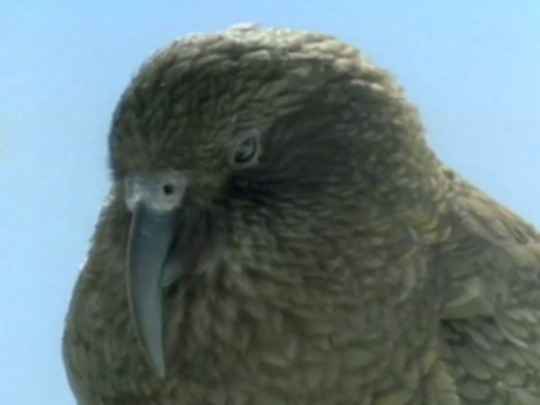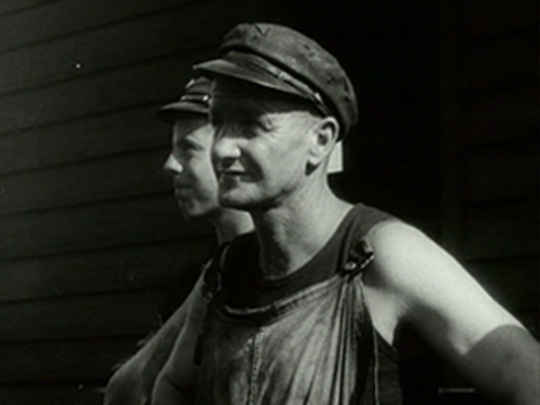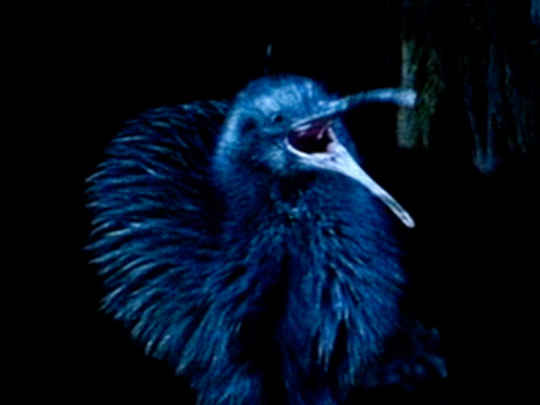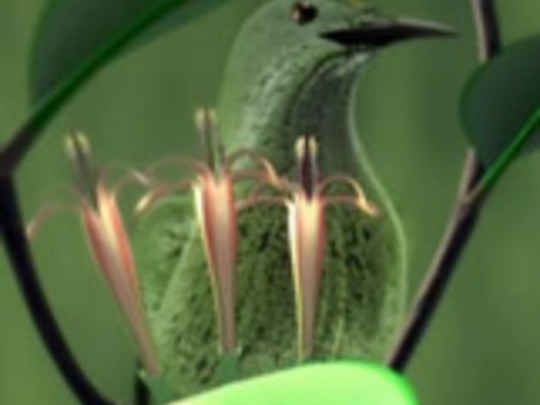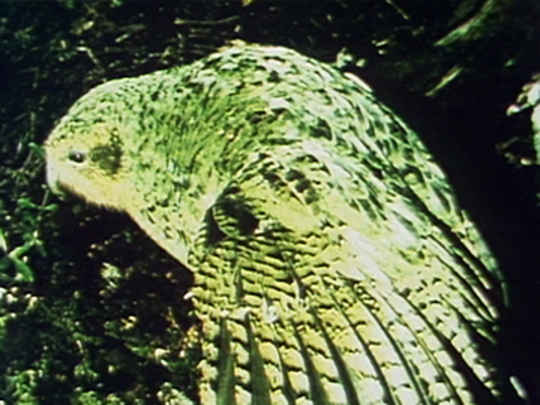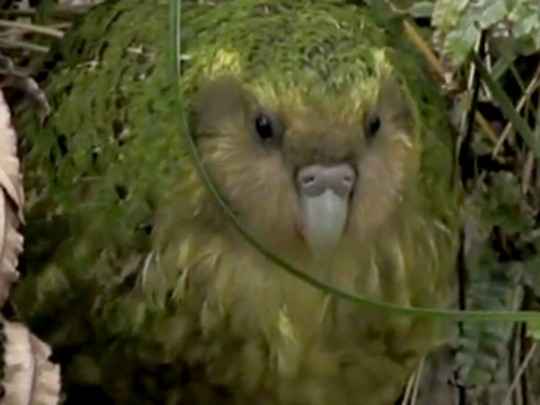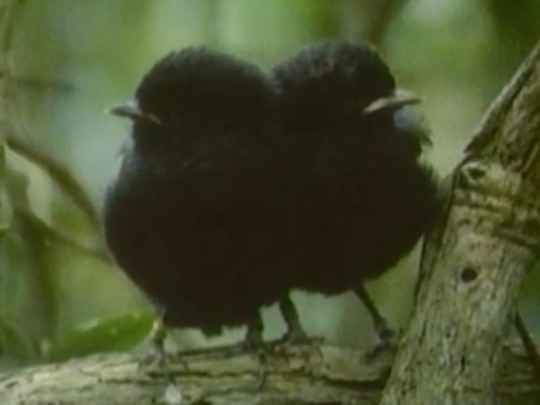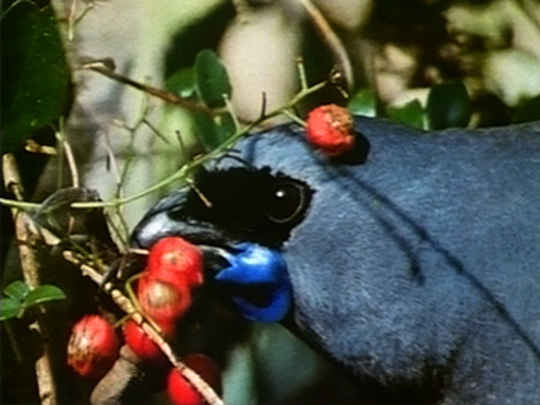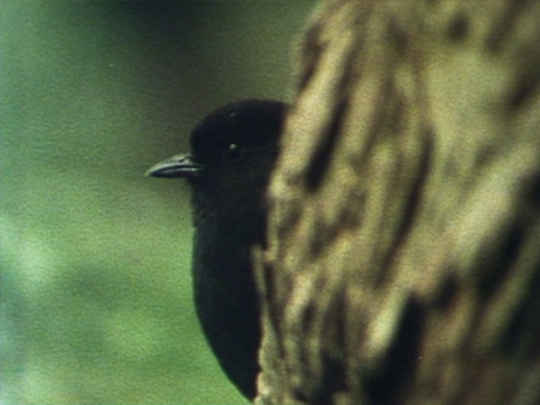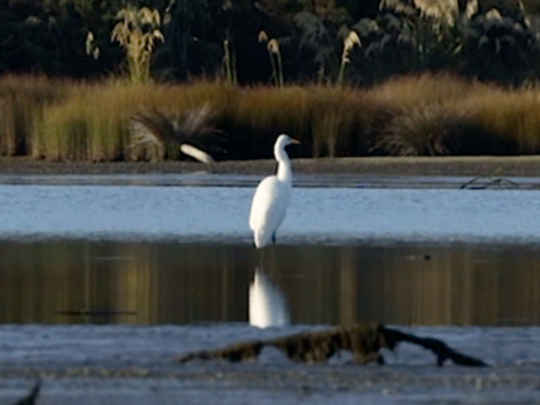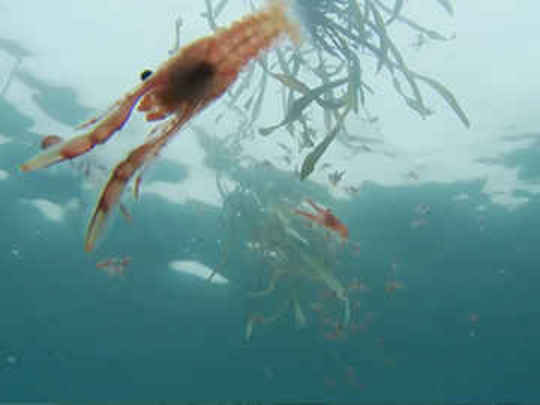Stilts are sharp-eyed observers, and extremely sensitive to any strange new items or persons appearing in their living area. We set up our rather obvious hide well in advance of using it, so that they would get used to its presence ... now we had to get the cameraman in position ... as most birds can't count, the best bluff for this was to accompany him as a group, drop him off with his camera, then leave. The stilts seemed to assume that the entire group of intruders had arrived and left together...
– Authors Rod Morris and Hal Smith on making this documentary, in 1988 book Wild South: Saving New Zealand's Endangered Birds, page 96
For many years its numbers were rapidly declining. Now, with all the management techniques which can be mustered (including captive rearing), the black stilts are just holding their own. Their survival is precarious in the face of devastating snowfalls, predator plagues and hybridisation.
– Authors Rod Morris and Hal Smith, in 1988 book Wild South: Saving New Zealand's Endangered Birds, page 136
The only black stilt in the world, his ancestors came to this country from Australia thousands of years ago. Here, he gradually became a New Zealander.
– Narrator Donald Hope Evans, on the ancestry of the black stilt
Stilts don't feed their young; they fiend for themselves from the day they hatch. Though only a few hours old, this chick would have already been foraging for itself.
– Narrator Donald Hope Evans, on the behaviours of a newly born black stilt
